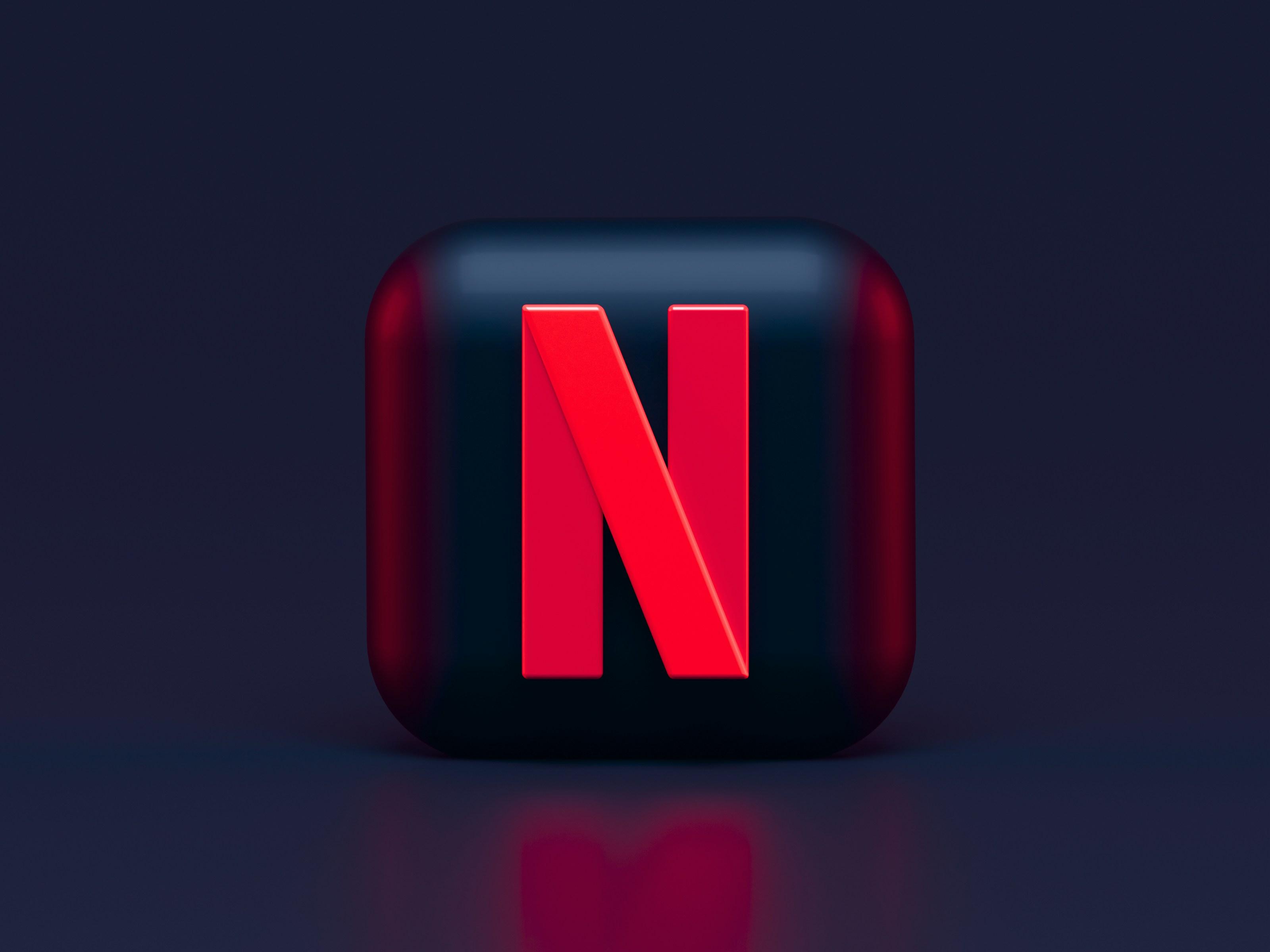As the digital landscape continues to evolve, the way audiences consume entertainment is undergoing a significant transformation. With a plethora of streaming platforms vying for viewers’ attention, choosing the right service for accessing the latest movie releases has become increasingly complex. This article provides an analytical exploration of the best platforms available this year, evaluating their offerings in terms of content variety, user experience, pricing, and technological innovations. By dissecting the strengths and limitations of each platform, we aim to equip readers with the insights necessary to make informed decisions tailored to their viewing preferences.
Evaluating User Experience and Interface Design
When it comes to choosing a platform for streaming this year’s popular movie releases, assessing the user experience (UX) and interface design is crucial. A seamless UX ensures that users can easily navigate through vast libraries without frustration, while an intuitive interface design enhances the overall viewing pleasure. The best platforms often feature:
- Responsive Design: Interfaces that adapt smoothly to various devices, providing consistent functionality across smartphones, tablets, and desktops.
- Intuitive Navigation: Clear menus and search functions that allow users to find movies quickly without a steep learning curve.
- Personalization: Tailored recommendations and customizable watchlists that cater to individual preferences, enhancing user engagement.
- Minimal Buffering: Efficient streaming technology that reduces wait times and maintains high-quality playback, ensuring an uninterrupted experience.
Platforms that excel in these areas not only attract more users but also retain them, as a positive first impression often leads to long-term loyalty. Prioritizing UX and interface design is essential for any service aiming to lead in the competitive streaming market.

Content Libraries and Exclusive Releases
In the ever-evolving world of streaming, platforms are constantly expanding their content libraries to keep viewers engaged. Major players like Netflix, Disney+, and Amazon Prime Video have invested heavily in acquiring a wide range of titles, from blockbuster hits to indie gems. These platforms not only provide access to an extensive back catalog but also offer a plethora of new releases, ensuring there’s something for everyone. The competition to secure exclusive streaming rights has intensified, leading to a diverse selection of films being available across different services.
Exclusive releases have become a significant draw for subscribers. Streaming services are producing their own content, often with big-name stars and directors, to attract audiences. For example, Apple TV+ and Hulu have rolled out several high-profile projects this year, aiming to differentiate themselves with unique offerings. Key strategies include:
- Original Productions: Platforms are prioritizing original films to build a loyal viewer base.
- Partnerships: Collaborations with renowned filmmakers to deliver exclusive premieres.
- Festivals and Awards: Securing rights to award-winning films to enhance their catalogs.

Pricing Models and Subscription Options
Navigating through the myriad of pricing structures can be daunting, but understanding the nuances of each platform is key to finding the best fit for your streaming needs. Many services offer a variety of subscription tiers that cater to different preferences and budgets. For instance, platforms like Netflix and Disney+ provide multiple plans that vary in terms of streaming quality and the number of simultaneous users. Opting for a basic plan might be sufficient for individuals or small households, while larger families or shared accounts might benefit from premium options that offer 4K streaming and additional profiles.
Several platforms also explore ad-supported models to offer lower-cost or even free access. This option is gaining traction with services like Hulu and Peacock, which provide budget-friendly tiers with commercial interruptions. For those who prefer uninterrupted viewing, ad-free plans are available at a higher price point. Additionally, some platforms offer annual subscriptions at a discounted rate compared to monthly payments, providing savings for committed viewers. Understanding these options allows users to tailor their streaming experience while keeping costs in check.

Device Compatibility and Streaming Quality
When choosing a streaming platform, device compatibility is a crucial factor. Many leading platforms have developed apps for a wide array of devices, including smart TVs, smartphones, tablets, and gaming consoles. Compatibility ensures you can enjoy the latest releases on your preferred screen without hassle. Most services like Netflix, Amazon Prime Video, and Disney+ support major operating systems, such as iOS, Android, Windows, and macOS. Additionally, platforms often offer seamless integration with devices like Roku, Chromecast, and Apple TV, enhancing your viewing experience.
Streaming quality is another vital consideration. Platforms are now offering content in 4K Ultra HD and HDR to meet the growing demand for high-definition viewing. While some services provide adaptive streaming based on your internet speed, others offer manual settings to adjust quality. Look for platforms that consistently deliver high-quality streams without buffering, even during peak times. Services like Hulu and HBO Max have invested in robust infrastructures to maintain quality, ensuring you never miss a detail of your favorite blockbusters.
- Netflix: Broad device support, excellent 4K options.
- Amazon Prime Video: Comprehensive compatibility, adaptive streaming.
- Disney+: High-quality HDR content, wide device access.
- Hulu: Reliable streaming, varied quality settings.
- HBO Max: Strong infrastructure, consistent high-definition streaming.



